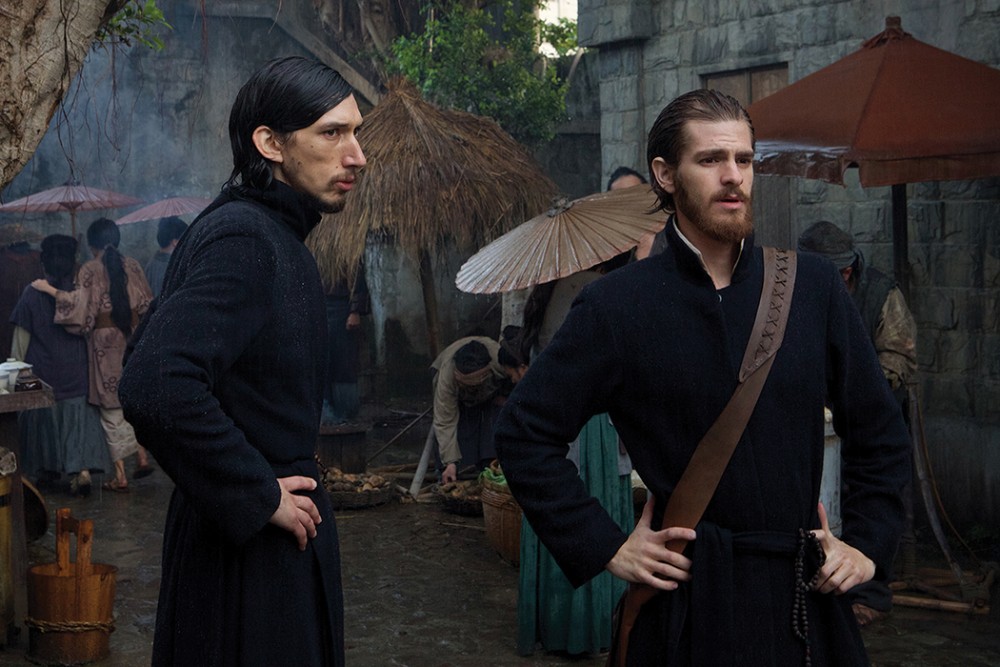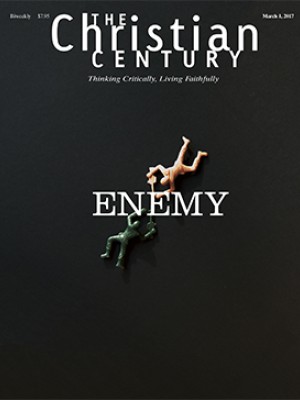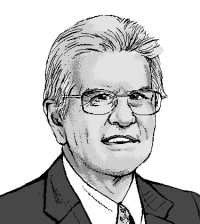When God is silent
Silence is both a historical film and a timeless commentary on power and persecution.

Martin Scorsese’s film Silence is at once a triumph of modern cinema and a masterwork of religious art. Visually, it is close to perfect in its reconstruction of 17th-century Japan. Intellectually and ethically, the film deals with complex and daring ideas that often subvert orthodox Christian assumptions.
Since the earliest ages, believers have known that denying Christ is an ultimate act of rejection and blasphemy and that martyrdom is always preferable. Yet for the tormented priest Father Sebastião Rodrigues (played by Andrew Garfield) in Silence, denying Christ—by means of trampling on the fumi-e, the Christ image—appears to be the only means of preventing the unspeakable torture of innocent Japanese civilians. In this story, apostasy itself becomes a Christian act of vicarious suffering, and the horrific deed is seemingly justified by a voice that might be that of Christ himself—or of a demonic tempter.
Read our latest issue or browse back issues.
It is crass to discuss any film in terms of complaints about what was left out from the book. The film Silence must be taken on its own enormous merits. In this instance, though, knowledge of the book and its author adds immeasurably to understanding the issues raised in the film and the moral dilemmas presented.
Born in 1923, Shūsakū Endō became a Catholic as a child, and he was a keen observer of the political and religious tumults of mid-20th-century Japan. His novel Silence appeared in 1966 and is very much a work of its time.
Consider the setting for much of the film’s action and its moral quandaries: the captured priests are taken to the stronghold of the persecutors—in biblical terms, where Satan has his throne—Nagasaki, a city with a deeply tragic significance in Japan’s Catholic history.
As the film points out, Nagasaki was the center of persecution, and it retained this role for centuries. After the agonies of the 17th century, Christianity survived underground in Japan among peasants and fisherfolk, mainly in the Nagasaki region and the island of Kyushu. For generations, these humble believers were subject to constant surveillance and forced regularly to tread on the fumi-e.
Liberation arrived only in the 1860s, when the hidden Christians made contact with Western Catholics. With Western aid, they built the great Urakami Cathedral in Nagasaki, the former center of their atrocious sufferings.
It became the greatest Catholic cathedral in eastern Asia, the focal point of Japan’s restored Catholic minority and a symbol of past martyrdom. Then in 1945, the cathedral became ground zero in the U.S. nuclear attack, which claimed the lives of many native Catholics.
When Endō was writing in the 1960s, the cathedral was in the process of being restored. A deeply sensitive Catholic writer could hardly have avoided some agonizing questions concerning divine justice and providence. Was God really absent during the persecutions, and if not, why was he silent? Why did an angel not wield a fiery sword to protect the cathedral and the Christian community in 1945?
Silence must also be seen as a commentary on modern-day totalitarianism. Both book and film are centrally concerned with themes of identity and how far government or worldly authority can remold the self. The persecutors in the story demand absolute conformity to officially sanctioned religious practice, along with the rejection of foreign ways, but their powers go far beyond this. European priests who do apostatize are reshaped—repurposed—as loyal Japanese, who themselves become active agents of persecution. They are given the identities of deceased Japanese and even placed in their surviving families.
This theme points to concerns of Endō’s own time. As a Japanese Catholic, he always faced charges of divided loyalty, of trying to balance two selves, Japanese and Western. That problem became acute under the Japanese dictatorship of the 1940s, which exercised an ideological control over its subjects that went beyond anything attempted by the German Nazis. Through its brutal and intrusive secret police, the regime severely penalized the offense of simple wrong belief, of thoughtcrime (George Orwell took his term from media accounts of Japanese practice). After the Japanese dictatorship collapsed, other Asian regimes pursued similar goals in the name of communism, and the Korean War of the early 1950s brought stories of Chinese brainwashing of Western prisoners.
Quite apart from their intrinsic savagery, such policies raise alarming questions that are at once psychological and theological. Can Christians really believe in an immutable self, a core personality, a soul? How can they maintain that belief if the self can so easily be twisted, tainted, and destroyed? How can Christians know what is the authentic self, and whether the inner words they think they hear really are those of a true Christ? A majestic historical novel and film, Silence confronts critical issues that have not gone away.
A version of this article appears in the March 1 print edition under the title “When God is silent.”







